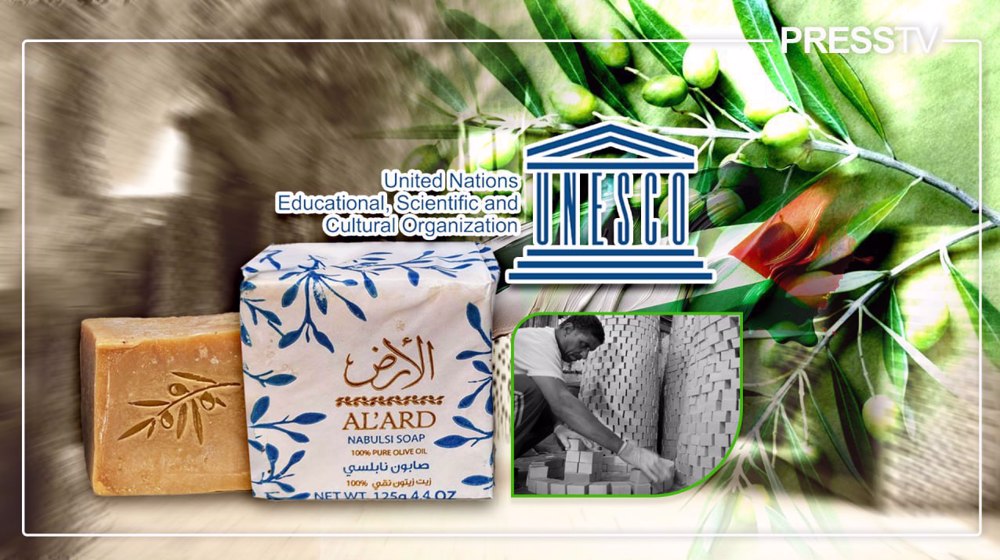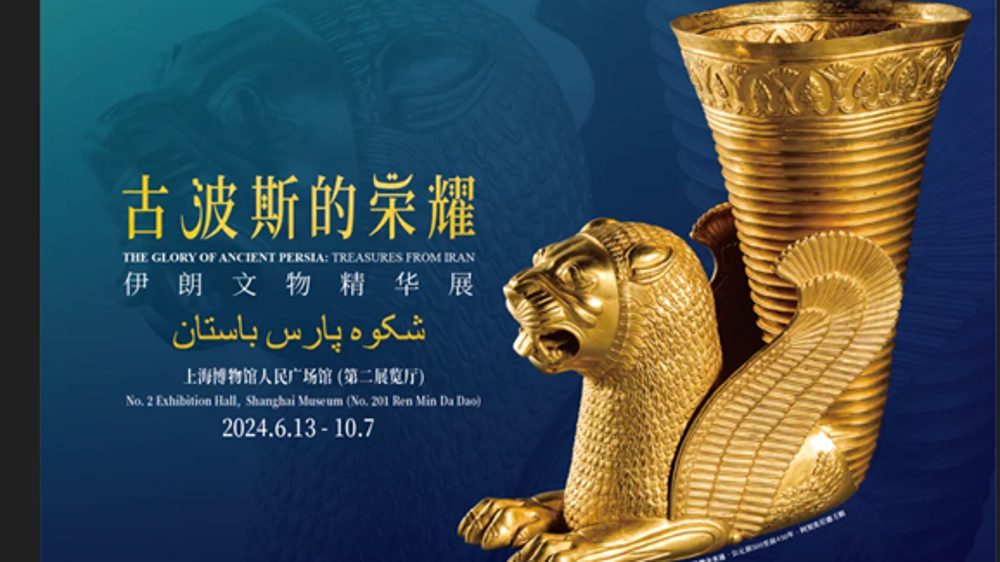Iran introduces Persian arts, culture to intl. academics
Iran’s cultural attache office in Austria has held a ceremony in the capital Vienna to introduce Persian arts and culture to students and university professors from different countries.
The event was specially organized to make the participants more familiar with the Persian garden designs and works of Persian poet, astronomer and mathematician, Omar Khayyam Neishaburi.
It introduced a book, containing Khayyam’s magnum opus ‘Rubaiyat’ and its English, German, French and Arabic translations.
The ceremony also provided an introduction to Persian calligraphy and miniature painting.
Persian gardens have been registered on the United Nations Educational, Scientific and Cultural Organization (UNESCO) World Heritage List for the diversity of its designs that evolved and adapted to different climate conditions.
Persian gardens were built to symbolize the Garden of Eden and the four Zoroastrian elements of sky, earth, water and plants. They influenced garden design around the world and became the foundation of Islamic and later European garden traditions, an example of which can be seen in the Mughal gardens of India namely the Taj Mahal in India.
Khayyam Neishaburi is a prominent poet and scientists, who is recognized worldwide as one of the most wildly acclaimed Persian literary figures and astronomers.
He was popularized in the West through the translation of ‘Rubaiyat’ by English poet and writer Edward FitzGerald (1809-83).
US, UK launch fresh aerial strikes on Yemen’s Sa’ada
VIDEO | Hundreds march in Milan to denounce Israeli genocide in Gaza
Jan. 4: ‘Axis of Resistance’ operations against Israeli occupation
VIDEO | Martyr Soleimani’s legacy inspires pilgrims flocking to Kerman
VIDEO | Rome sit-in decries Palestinian Authority's betrayal of Palestinian cause
VIDEO | IRGC military drills underway in western Iran to boost combat readiness
VIDEO | Scientist-turned anti-hegemonic filmmaker
Yemen slams missile into northern part of occupied territories










 This makes it easy to access the Press TV website
This makes it easy to access the Press TV website